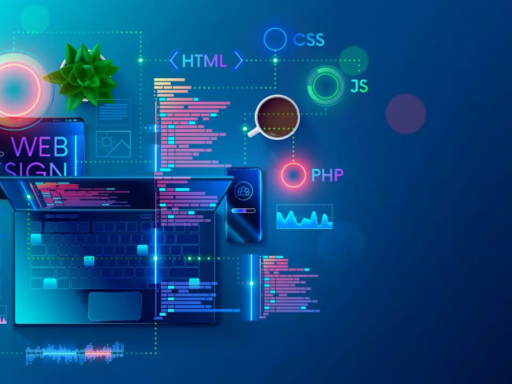Following a widespread trend toward remote work, designers are up against hitherto unheard-of difficulties in preserving smooth teamwork and communication. Nevertheless, there is one bright spot among these difficulties: collaborative design tools are becoming and being adopted at a rapid pace. Not only are platforms like Figma, Miro, and Adobe XD changing the way designers work, but they are also radically altering the nature of creative collaboration as a whole.
The Remote Work Revolution
Due to changes in views toward traditional office locations and technological improvements, remote work has become the new standard. A survey conducted by Upwork indicates that the number of remote workers in the United States has increased by 87% in the last ten years and is still growing. Although this change gives designers more freedom and flexibility, it also poses special challenges for those who are used to working with others face-to-face.
Enter Collaborative Design Tools
Due to their ability to provide a feature set specifically designed for distributed teams, collaborative design tools have become the mainstay of remote design workflows. One of the pioneers in this field is Figma, which does away with the need for laborious file sharing and version control by enabling designers to create, prototype, and communicate in real time. A digital whiteboard experience similar to this is provided by Miro, which lets teams collaborate virtually on ideation, user journey mapping, and concept visualization. Bringing the group together is Adobe XD, which offers designers a comfortable setting for joint design and prototype thanks to its smooth connection with the Adobe Creative Cloud ecosystem.
Transforming Design Collaboration
These instruments are stimulants for creativity and teamwork, not merely digital canvases. No matter how far away they are physically, they enable designers to work more productively and efficiently by removing obstacles to communication and rationalizing procedures. Remote teams may develop a transparent and accountable culture by using real-time editing, commenting, and version history capabilities to keep everyone on the same page.
Case Studies in Success
With amazing outcomes, countless design teams have already adopted collaboration technologies. Businesses that have adapted to remote work settings well, such as Slack and Airbnb, have done so by utilizing tools like Figma to maintain their competitive advantage. Even in the face of previously unheard-of obstacles, these businesses have achieved new heights of creativity and production by placing a high priority on collaboration and investing in the necessary resources.
The Future of Design Collaboration
The field of design collaboration will change in step with the continued evolution of remote work. The distinction between physical and digital cooperation will hopefully become increasingly hazy thanks to emerging technologies like virtual reality (VR) and augmented reality (AR), which will create fascinating new opportunities for immersive creative experiences. Furthermore, a new generation of creators will be enabled by the democratization of design tools to interact and experiment globally, expanding the frontiers of design innovation.
To sum up, the emergence of collaborative design tools signifies a fundamental change in the approach taken by designers while working together. These technologies will be crucial in determining how design cooperation develops in the future as remote work becomes more common. They will help teams get over geographical constraints and reach new heights of creativity and productivity. Through the adoption of these technologies and seizing the opportunities they present, designers can confidently navigate the remote work era and persist in pushing the frontiers of design innovation.
Home Navigating the Era of Remote Work: The Rise of Collaborative Design Tools


By
April 25, 2024




